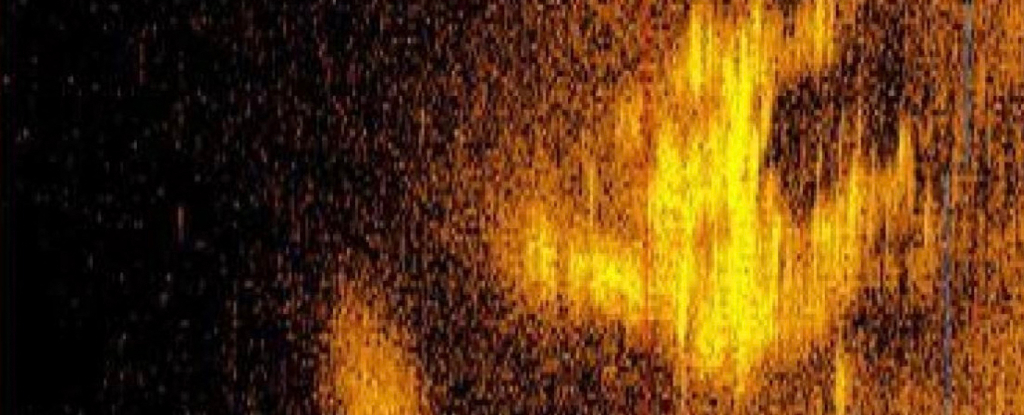ARTICLE AD
The weirdest laptop gimmick I’ve seen in 2024 came from Asus with the Zenbook S 16 and the touted “ceraluminum.” It’s a made-up term for the company’s new type of laptop material, and I thought it was just more tech world nonsense. A part of me still believes that, but when the new Lunar Lake laptops all promise big gains in battery life, the new Zenbook S 14’s simple material gimmick somehow intrigues me more for this productivity machine.
What is ceraluminum? Asus has said it’s a product of a material bonding with a ceramic material to aluminum. It’s all too mysterious and, therefore, silly. When you’re using buzzwords like “ceramization” to describe the process of making your laptop shells, you’re drawing attention away from the most important parts of the laptop itself. The material is supposed to make the backplate tougher and lighter. Each laptop technically has its minutely unique texture, but don’t start thinking each new Zenbook is bespoke.
The Zenbook S 14 feels like plastic but offers a few taps and has a ring like a stone countertop. Most of all, the texture and separated panels have a crisp look. It’s the same design as the S 16 and did not garner much of an impression a few months ago. I think something changed in my outlook—or perhaps it’s the size difference—because I picked it up, typed on it, gave it a flip, and I could immediately imagine it becoming my daily driver. We still have to give it the complete review treatment; things might not shake out in testing. All I can say is it makes a good first impression.
As far as ultrabooks go, the Zenbook S 14 has a lot going for it, from the 3K OLED touchscreen display to the 72 Whr battery and support for WiFi 7. The stated 27 battery life is with video playback at low brightness, but if it can go more than 20 hours on a charge, I would be happy. The reason why the tech journalists out there are ruminating so much on the next generation of laptops is because of Lunar Lake, AKA the Intel Core Ultra 200V series. Intel claims it’s a more efficient chip promising better performance with everything from rendering to gaming, not to mention longer battery life. Laptops like Dell’s new version of the XPS 13 and the Acer Swift 14 AI are all promising 20+ hour batteries.
The Zenbook S 16 and S 13 were powered by an AMD Ryzen AI 370 chip revealed earlier this year. The S 14 should beat the AMD chip-powered laptop in performance, but we’ve heard enough about the Core Ultra Series 2, and we’ve still yet to run all our benchmarks under our non-lab conditions. According to Asus, what’s more important is that Asus says the 14-inch laptop will last 38% longer than the S13 when running the machine with 50 tabs open.
It starts at $1,400 for the Intel Core Ultra 7 256V version with 16 GB of RAM and $1,500 for a Core Ultra 7 258V and 32 GB of RAM. The 14-inch is certainly my preferred size for the Zenbook. What’s better is that it still feels very thin and light. The Zenbook S 14 is .47 inches thick and 2.65 pounds, yet it doesn’t have that wafer weight that makes it feel flimsy. It’s minutely lighter than a MacBook Air 13, though slightly thicker. Asus said it should run cooler than the previous generation of Zenbooks, with a redesigned vapor chamber and smaller SOC.
As far as gimmicks to sell laptops, the PC makers have been chock full of it this year. First, it was “AI PC,” then “Copilot+.” All were big promises with mixed results, albeit mostly disappointing. I’m tired of it. I want a unique laptop that I know will last me several years, and I don’t need more talk about how I can use generative AI to write my emails to my mom or generate pointless, ill-natured AI art.
That being said, AI isn’t going away. Asus promoted as much talk of AI as any other OEM this year, and there will probably be a few apps that can make good use of the Lunar Lake AI performance. Maybe I can suffer Asus’ promotion tactics a mere ounce better because, unlike companies like Acer or MSI, it’s not sticking “AI” in the naming schemes of its laptops. Compared to that, “ceraluminum” seems standard.

 2 months ago
21
2 months ago
21 






